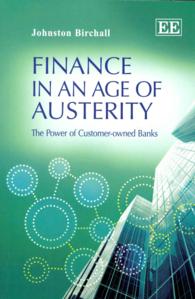- ホーム
- > 洋書
- > 英文書
- > Business / Economics
基本説明
Reflects monetary, neoclassical, and neo-Keynesian research agendas in its investigations of all four dimensions of international money and finance: theory, evidence, policy, and institutions.
Full Description
The fourth edition of International Money and Finance continues to provide an invaluable resource for advanced students of monetary economics in an international context. Reflecting monetary, neoclassical, and neo-Keynesian research agendas, the book investigates all four dimensions of international money and finance: theory, evidence, policy, and institutions. In addition to offering revised sections reflecting the latest theoretical and empirical research, the fourth edition includes new or expanded material on: * International Financial Architecture * Intertemporal Modeling * Forecasting * Euro currency union and the European Central Bank Suggested reading lists, expanded end-of-chapter questions, and an instructors' manual will help ensure this text's place as essential reading for graduate work in international and monetary economics.
Contents
Introduction Basic Concepts in International Finance. Spot and Forward Exchange Rates Income and the Balance of Payments. Open Economy Macroeconomics. International Financial Architecture. International Policy Coordination. Purchasing Power Parity: Theory and Evidence. Intertemporal Modeling The Monetary Approach to the Balance of Payments. The Monetary View of Exchange Rate Determination. The Monetary Model: Further Applications - Real Shocks and Exchange Regime Volatility. The Portfolio Balance Approach to the Determination of the Exchange Rate. Spot and Forward Exchange Rates and the Efficient Markets Hypothesis. Expectational Explanations for the Rejection of the Efficient Markets Hypothesis and the "News". Currency Crises and Speculative Attack. Exchange Rate Target Zones and 'Dirty Floating'. The International Gold Standard: Theory and Experience. The Dollar Standard Today and During the Bretton Woods Era. Monetary Unions. International Capital Flows. Developing Countries, Balance of Payments Adjustment and the IMF. The Order of Liberalization in Developing Countries. Exchange Rates and Emerging Markets. International Debt.







